Lost in Shanghai
- 2019-04-17 21:22:38
- 作者 陳譽仁
Story happened around the end of May, 2014. We were invited by Mr. Yung-Yu Tsai (蔡永裕主任) to Shanghai for the 6th Shanghai International Conference on Orthopaedic Rehabilitation to present some works regarding foot and ankle and also biomechanical perspectives in concurrent orthopaedic physical therapy. A group of specialists including Mr. Yung-Yu Tsai himself, Dr. Hsing-Kuo Wang (王興國老師), Dr. Alison Chang (張心怡老師), Dr. Yen-Yu Chen (陳彥宇醫師) and I joined the conference as specialists from Taiwan. It was a great experience for all of us and for me especially since it was my first time to Shanghai and also to mainland China.
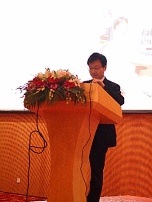
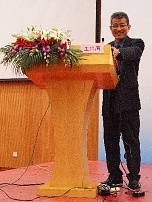
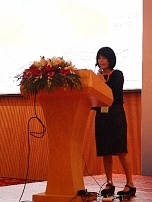
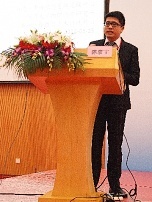
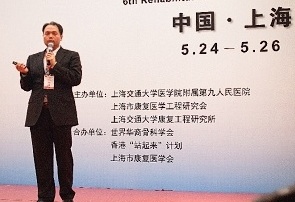
The conference itself was a huge success. There were more than few hundreds of people attending the conference and all our presentations got great feedbacks and questions. No matter it’s orthopedic surgeons, physiatrists, physical therapists, or researchers all came and talked to us presenters regarding clinical cases, treatment protocols and effects, and research projects and results; and we could totally felt their urge to acquiring new information and improving themselves in both learning and practicing physical therapy. They might start later than other Asian countries in physical therapy, however, they are catching up with incredible speed with the support and resources from their government.

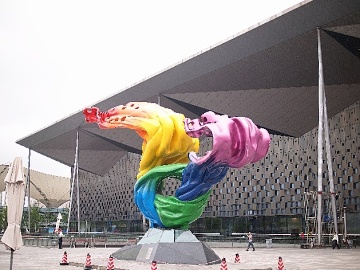
Shanghai is a huge city with people from all over the world. Globalization is the trademark for Shanghai and you could feel this mega city is evolving itself with a rapid pace. Like all other major cities, Shanghai has Jam packed traffic during rush hours, skyscrapers all over the place, always not enough freeways and public transportation system, and lots of people wherever you go! During our leisure time at night outside our busy conference schedule, we got to do some sightseeing in this modern city. Shanghai Bund (外灘) is a fascinating place with elegant looking historical buildings. Our tour guide told us some stories about this place and seems like all the buildings there got their own glorious histories and the conflicting view on each side of Huang-Pu River (黃浦江) was unforgettable.
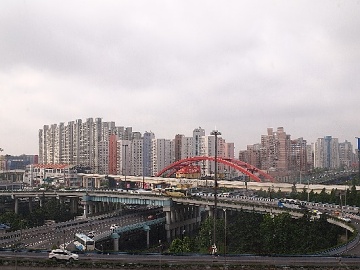
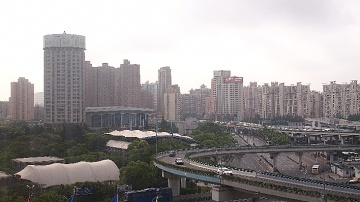
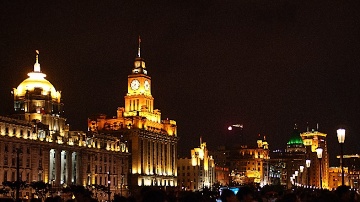
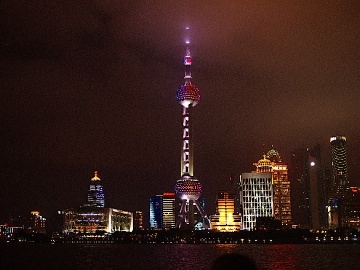
On the last day of our trip, we went to a rehabilitation center called “Shanghai Sunshine Rehabilitation Center” and it really blew me away (too astonished to take any pictures of it!). The rehabilitation center itself is a seven building park with plenty of spaces to walk around and it even contains seven full size soccer fields. They invited specialists from all over the world to help them designing this rehab center and put so much money and resources into setting up treatment areas and buying equipment for physical therapy, occupational therapy and speech therapy as well. Equipment we used for laboratory research projects are their clinical tools with about five to ten times bigger the treatment areas. I was very surprised by the scale they set for this rehabilitation center and it should be the biggest rehabilitation center in Asia.

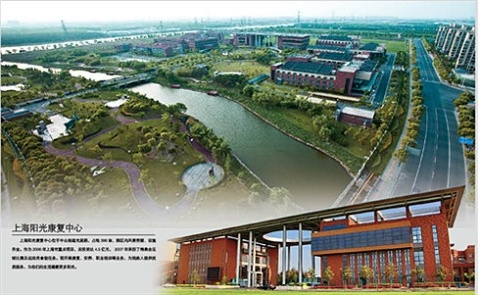
During my trip, I saw this huge city with a look and living expense almost identical to Tokyo, Los Angeles, and even Taipei but with slightly outdated software to utilize it. A huge rehabilitation center with all the hardware that money could buy but insufficient trained personnel to operate them. They took the fast and easy way to evolve itself into a modern day city but eventually what’s going to slow them down would be things that money can’t buy. I’m lost in this big city by seeing these paradoxical views of it and to be honest, I think they were well aware of this situation and are making changes to it, such as: setting up education system in school, clinical training system in healthcare facilities in physical therapy. We do have advantages over them at this instant point of time, however, once their software improved and with their already well-constructed hardware, I can’t be so sure that we could keep ignoring this big fellow next door.
(作者係本系教師)
